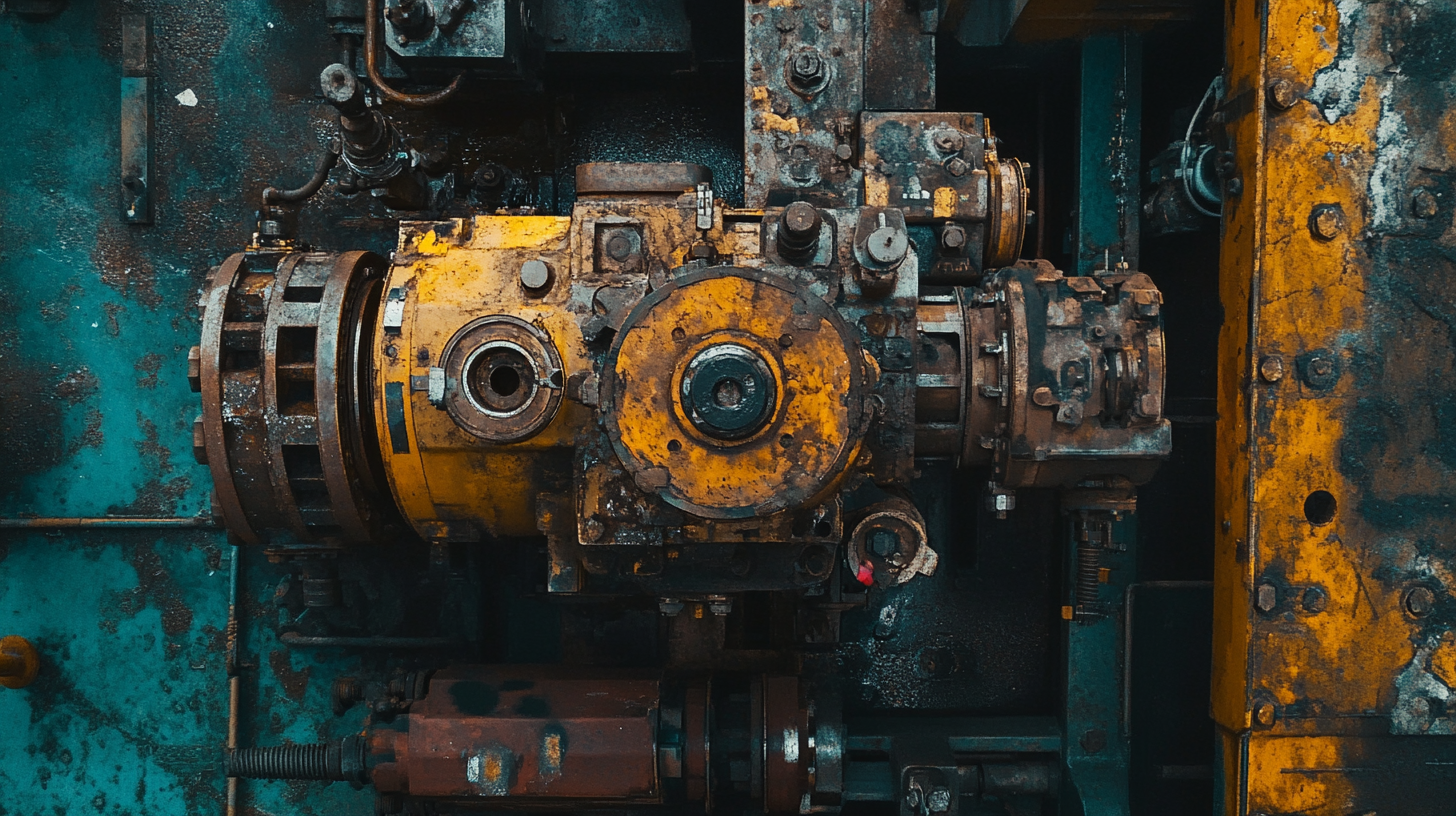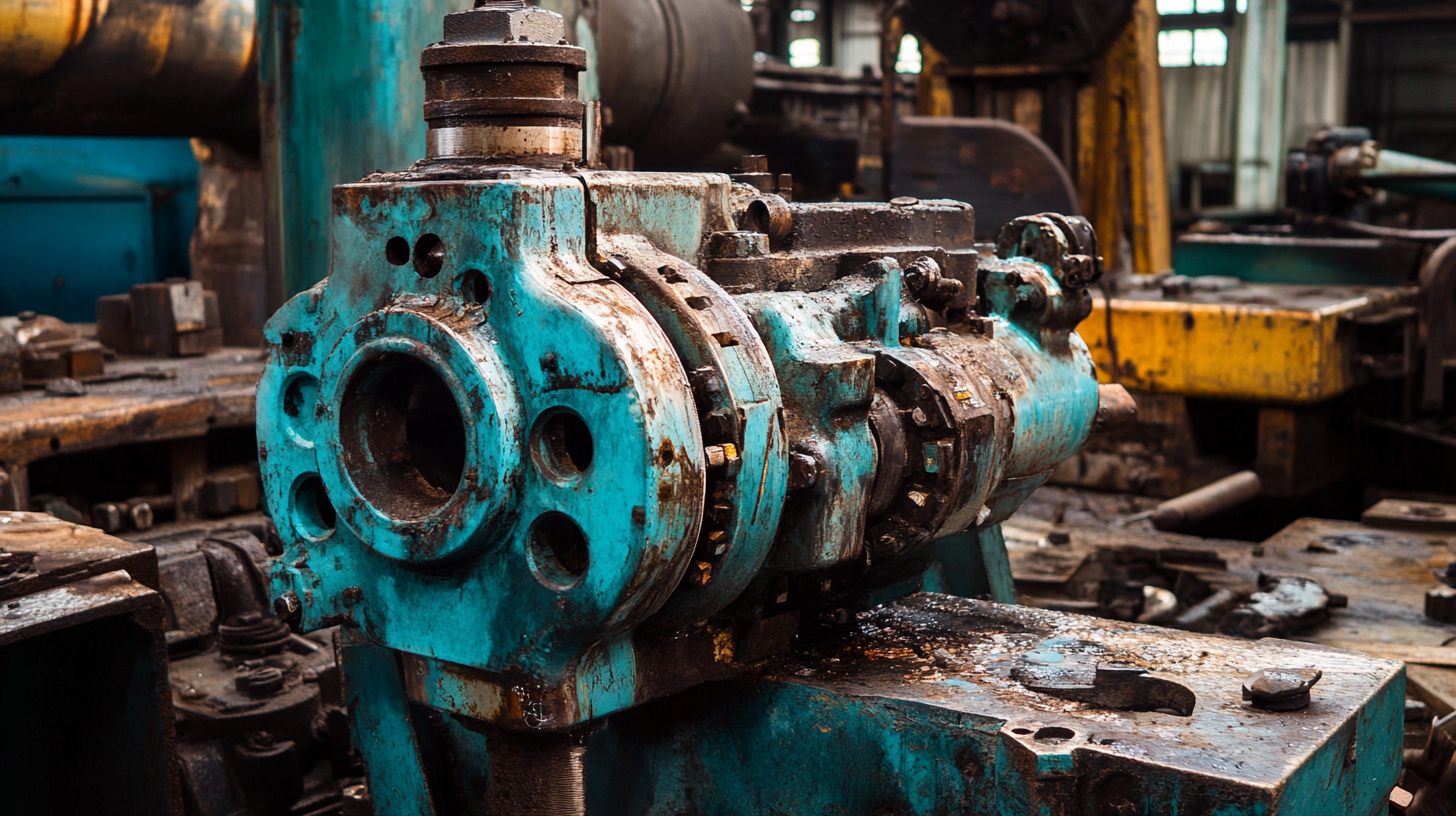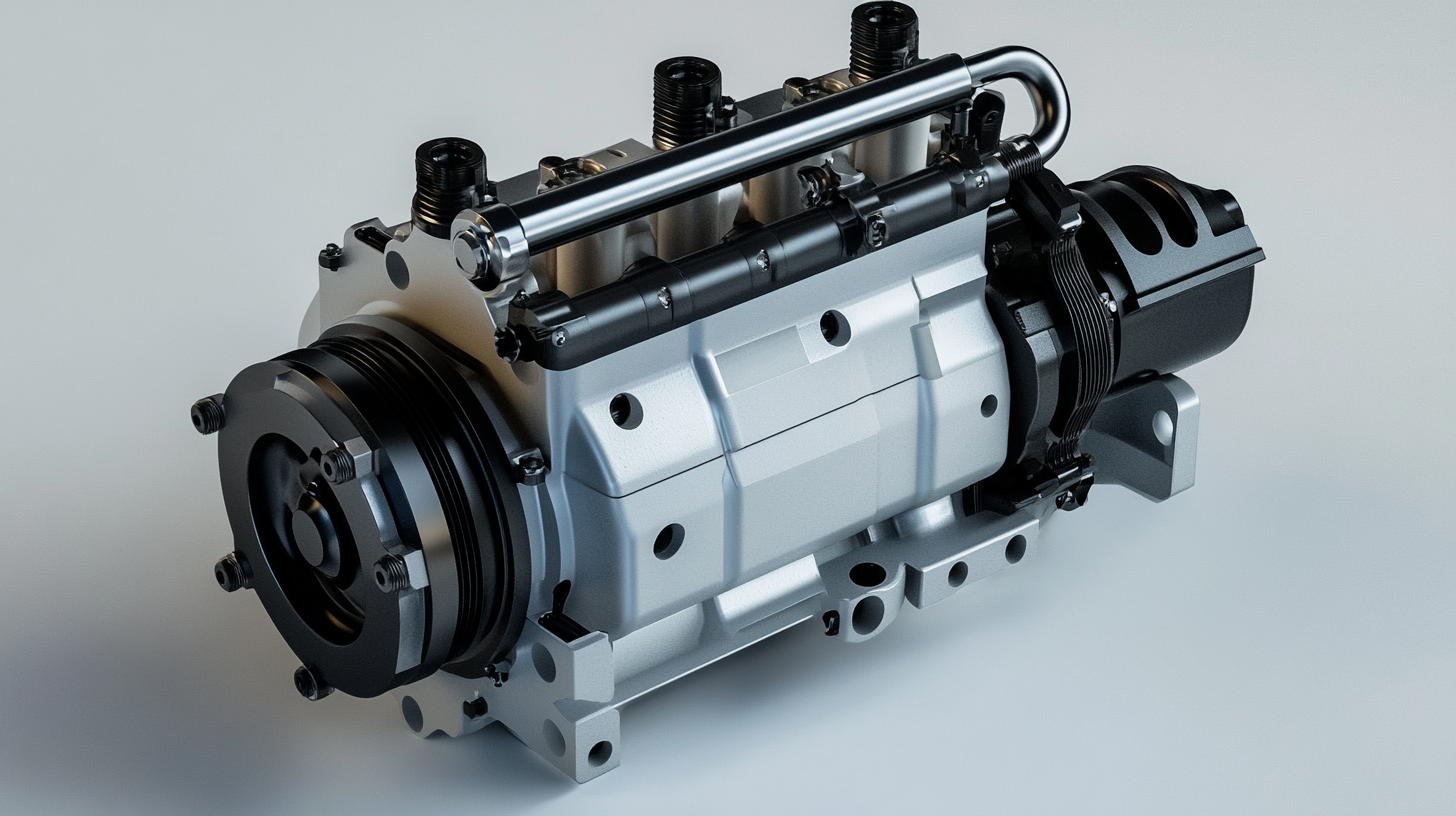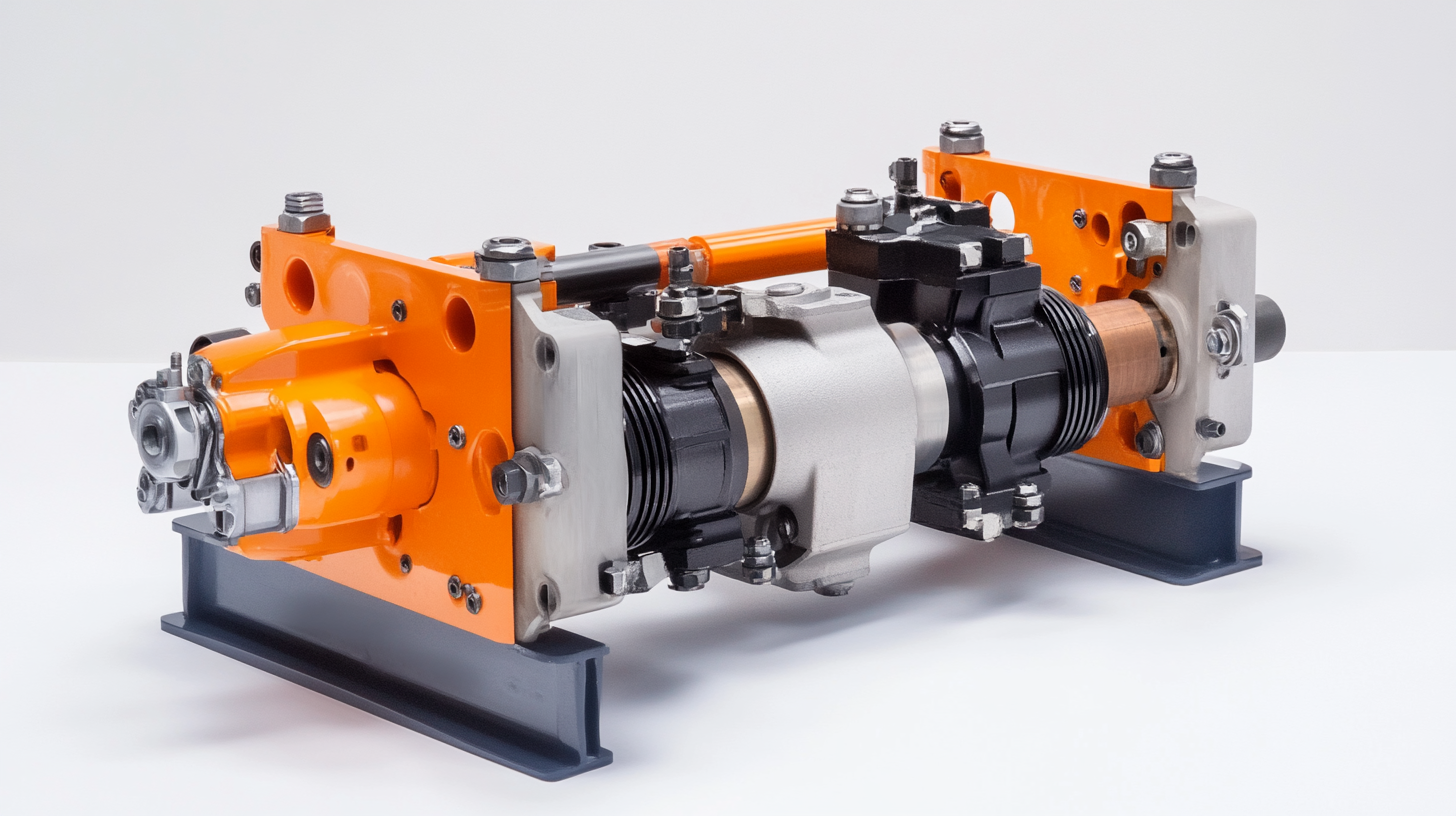- Our Products
- Repairs & Service
- Custom Design
- Blog
- About Us
- Resources
- Industries
- Contact Us
- Contact Bestrei UK
- Compliments / Complaints
- Global Supply
In the ever-evolving field of industrial machinery, hydraulic pumps play a critical role, driving operation across various sectors, from construction to manufacturing. According to a recent report by the Global Hydraulic Pump Market Analysis, the market is projected to reach $XX billion by 2025, driven by increased demand for hydraulic systems and the growing emphasis on efficient hydraulic pump repair. As more industries invest in these systems, understanding the intricacies of hydraulic pump repair becomes essential not just for maintenance but also for ensuring operational continuity and cost-effectiveness.
Effective hydraulic pump repair can significantly extend the lifespan of equipment and enhance productivity. The Hydraulic Institute notes that proactive maintenance and timely repairs can reduce downtime by up to 30%, thereby increasing overall profitability. For global buyers, it is imperative to grasp the nuances behind hydraulic pump repair strategies and best practices. This blog seeks to unveil seven essential insights that will empower buyers to make informed decisions when it comes to hydraulic pump repair, ensuring their operations remain robust and competitive in a dynamic market landscape.

Hydraulic pumps play a vital role in various industrial applications, providing the necessary pressure and flow to keep systems operating smoothly. Understanding the types of hydraulic pumps available and the common issues they face is essential for global buyers looking to maintain efficiency and avoid costly repairs. Two primary categories of hydraulic pumps are positive displacement pumps and centrifugal pumps, each with unique characteristics and common issues. Positive displacement pumps are known for their ability to generate high pressures and flow rates, making them ideal for heavy-duty applications. However, they often encounter issues such as cavitation, wear, and internal leakage. Reports indicate that proper maintenance can significantly extend the lifespan of these pumps; for instance, integrating energy-saving technologies can lead to a remarkable 70% reduction in energy consumption. On the other hand, centrifugal pumps, while less complex, deal with challenges like vapor lock and flow rate variability. Understanding the common failures associated with each pump type allows operators to implement better preventative measures. The condition of hydraulic fluids is also crucial, as contamination and hydrolytic stability directly affect pump performance. Research highlights that maintaining a clean, well-formulated hydraulic fluid helps prevent downtime caused by pump failure. Employing lubricants with superior hydrolytic stability can mitigate the negative impacts of water contamination, further increasing system reliability. As industries continue to evolve and adapt to challenges, staying informed about these essential aspects of hydraulic pump types and their associated issues will empower global buyers to make more informed purchasing decisions.

When selecting repair services for hydraulic pumps, buyers must consider several key factors to ensure optimal performance and longevity of their equipment. According to a report by Grand View Research, the global hydraulic pump market is poised to reach USD 19.5 billion by 2025, reflecting the critical need for reliable repair services that maintain the integrity of these essential components. One of the foremost aspects to consider is the expertise of the service provider. Repair specialists should be well-versed in various hydraulic systems and pumps to effectively diagnose issues and implement solutions.
Another vital consideration is the quality of replacement parts used during repairs. A study from Research and Markets highlights that nearly 30% of pump failures are due to substandard materials or improper installations. Thus, ensuring that repair services utilize OEM (Original Equipment Manufacturer) components can significantly impact the durability and efficiency of repaired hydraulic pumps. Additionally, the turnaround time for repairs is crucial; prolonged downtime can lead to substantial financial losses, with estimates suggesting that industrial machinery downtime can cost companies over $250,000 per hour.
Furthermore, buyers should assess the warranty and support services offered by repair providers. A comprehensive warranty not only demonstrates the confidence of the repair service in their work but also serves as a safeguard against potential future issues. This aspect is increasingly important in a fast-evolving market where advancements in hydraulic technology demand that service providers stay updated with the latest techniques and tools, further ensuring that buyers are making informed decisions in selecting their hydraulic pump repair services.

When it comes to hydraulic pump repair, having the right tools and equipment is paramount. According to a report by the International Council on Hydraulics, over 70% of hydraulic system failures can be traced back to improper maintenance and inadequate tooling. This emphasizes the importance of investing in high-quality repair tools to ensure longevity and optimal performance of hydraulic pumps.
Key tools for effective hydraulic pump repair include torque wrenches, hydraulic fluid testers, and seal kits. A recent study by the Institute of Fluid Power indicates that using calibrated torque wrenches can reduce the risk of damage to pump components by nearly 30%. Furthermore, accurate hydraulic fluid testers allow repair technicians to assess fluid quality and contamination levels, which can prevent further damage and reduce repair costs.
In addition to tools, proper equipment such as hydraulic jacks and lift tables are essential for safe and efficient repair processes. According to the National Safety Council, accidents in the workplace related to improper lifting techniques can lead to significant downtime and costs. Accordingly, investing in the right lifting equipment not only enhances worker safety, but also ensures quicker and more effective hydraulic pump repair, allowing businesses to minimize operational disruptions.

Preventive maintenance of hydraulic pumps is crucial for ensuring their longevity and optimal performance. By implementing a structured maintenance schedule, global buyers can reduce downtime and avoid costly repairs. One of the best practices is to conduct regular inspections that include checking for leaks, unusual noises, and vibrations. These early warnings can indicate underlying issues that, if left unaddressed, could lead to more significant breakdowns.
Another vital aspect of preventive maintenance is fluid management. The hydraulic fluid plays a key role in the pump's performance, so it is essential to monitor its condition. Regularly testing the fluid for contaminants and replacing it as necessary can prevent damage to internal components. Implementing a filtration system can further enhance the fluid's quality, ensuring that the pump operates efficiently and has a longer operational life.
Training personnel involved in the maintenance of hydraulic pumps is also essential. Educating them about the specific requirements of different pump models and the importance of adhering to maintenance schedules can foster a culture of diligence and safety. Utilizing checklists during inspections and maintenance procedures can help in systematically addressing all necessary tasks, ensuring that nothing critical is overlooked. With these practices, global buyers can significantly enhance the reliability and performance of their hydraulic systems.
Quality assurance plays a pivotal role in the hydraulic pump repair process, ensuring that every pump functions optimally after undergoing maintenance. In a sector where precision and reliability are paramount, the quality assurance measures taken during repair significantly influence the performance and longevity of hydraulic pumps. From the inspection of components to the testing of repaired units, a robust quality assurance framework helps to identify potential issues before they escalate into costly failures.
One of the essential aspects of quality assurance in hydraulic pump repair is the use of standardized procedures and criteria. This includes adhering to manufacturer specifications and industry standards throughout the repair process. Technicians must employ specialized tools and techniques to assess the integrity of internal components, ensuring they meet operational benchmarks. Furthermore, thorough documentation of each repair stage not only aids in transparency but also serves as a valuable resource for future maintenance and audits.
Moreover, the integration of advanced technologies, such as automated testing systems and real-time monitoring, enhances quality assurance protocols. These innovations allow for more accurate assessments of pump performance and can help detect anomalies that might not be visible through traditional methods. By investing in quality assurance, repair facilities can enhance their reputation, foster client trust, and ultimately lead to increased sales and customer loyalty in a global market that is highly competitive.
Bestrei UK has a strong footprint across Europe
United Kingdom, Ireland, France, Germany, Norway, Finland Sweden, Spain, Italy